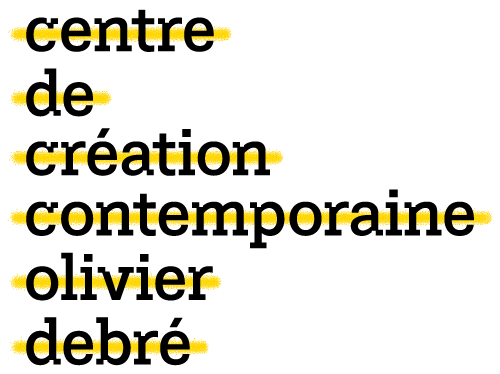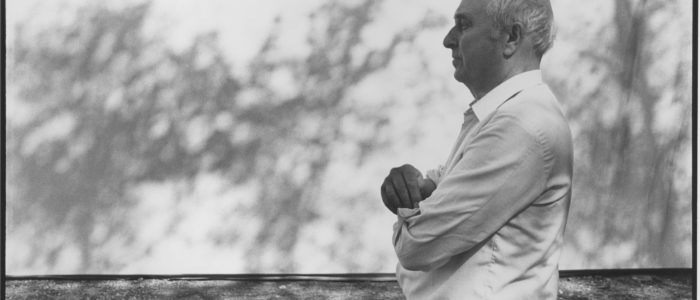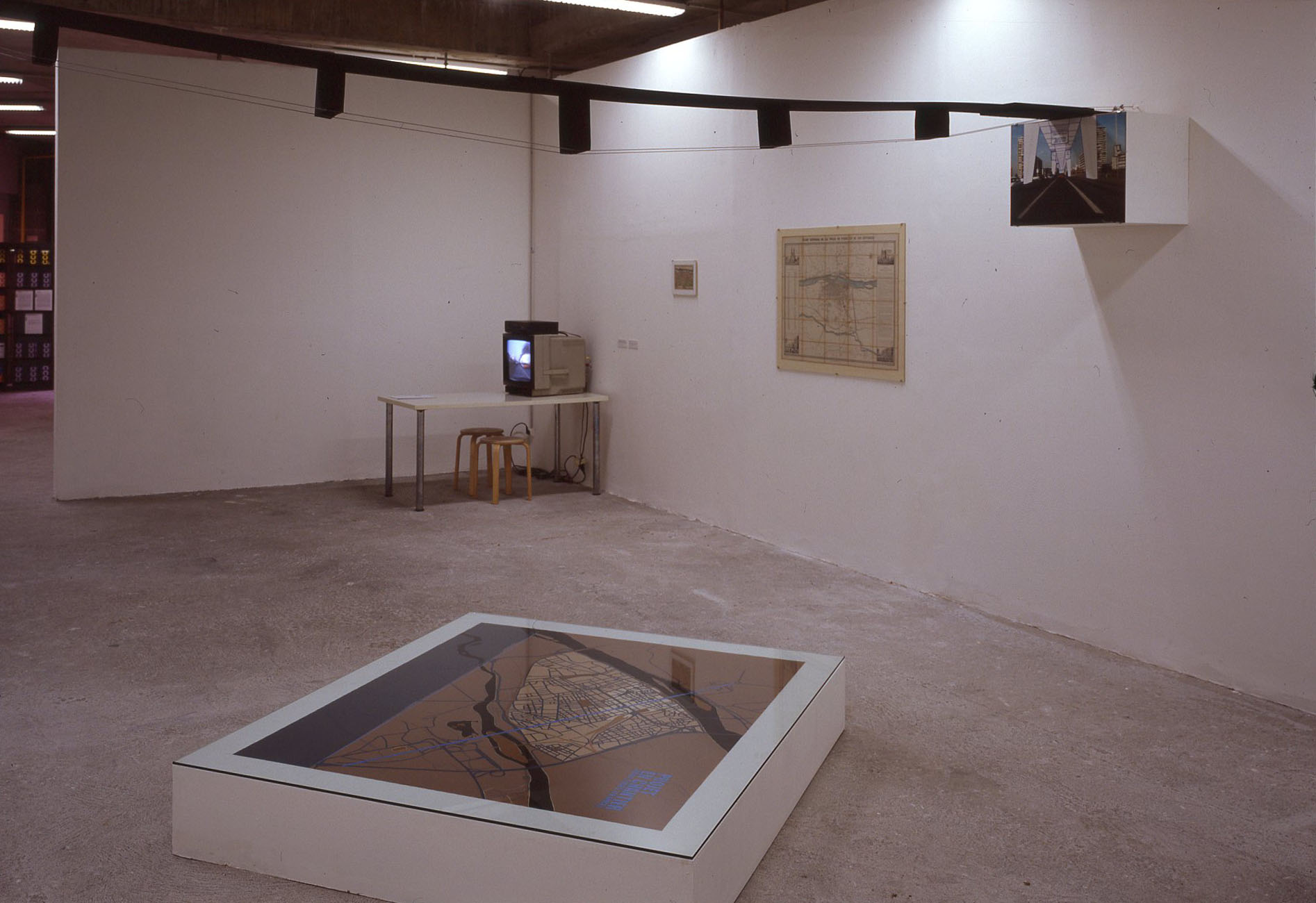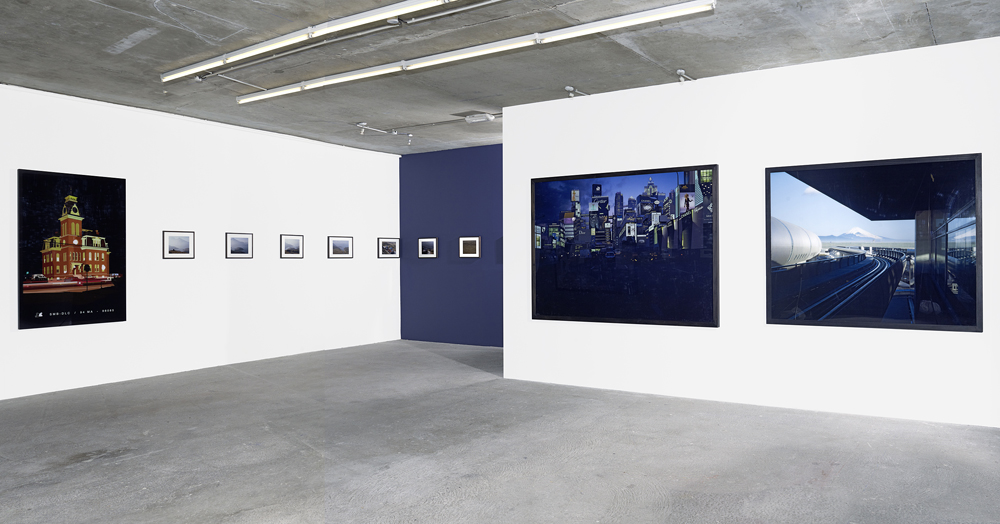exhibition « alain bublex »
05 february to 19 march 2000
The exhibition gathers three works: the Projet en chantier ( Project in progress ) created for the city of Tours, the Voiture de service (Company car), exhibited for the first time in France, and Glooscap, Alain Bublex’s first work which brought this former car designer into the world of art.
In 1985, Alain Bublex made the first sketches of an imaginary city. Since then, Glooscap has been developed to become nearly real today through an extensive literature relating its historical, urbanistic, industrial and economic developments. Located in Canada, Glooscap has been designed on the model of North America large cities. The city is being built backwards, according to its geographical context and its well-known History. Its architects existed and the mainstream theories of their time influenced the city planning: down to the smallest detail, Glooscap could have existed.
Projet en chantier. RN 10 Tours, France (Project in progress. RN 10 Tours, France) – 2000
An Artists Agency Production – Within the framework of various projects in progress for the cities of Lyon and Paris. This project examines the concept of utopia, suggesting radical and authoritarian solutions to current urban issues, applied to existing places. On this occasion, the artist presents the early stages of a development plan of Tours thoroughfare, the RN10, which goes through the city. This practical proposal aims at separating traffic areas from activity areas. The bridge will also, and above all, transform the landscape so radically that it will lead us to rethink the way we consider the city and its evolution.
La voiture de service (The company car, 1999) is linked to Glooscap : in 1994, Alain Bublex went to North America to develop his imaginary city. To move and take photos, he bought a car and stuck Glooscap logos on it. Five years later, he develops this idea with a new car using his own. He provides it with more functional elements facilitating outside shot: reflective strips, safety lights, shot platform on the roof…in the end, it looks like a public works vehicle. As a functional tool which can contaminate the real landscape, this vehicle raises the issue linked to photography as an act testifying of the real experience lived in front of the subject taken.











